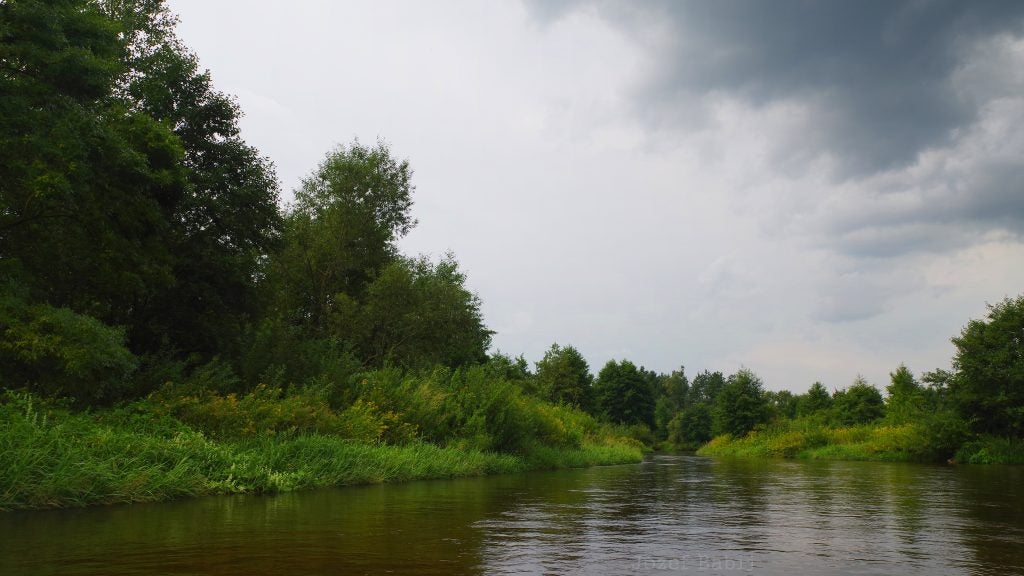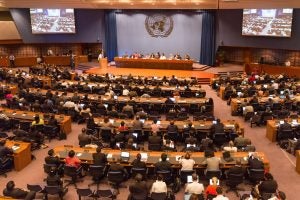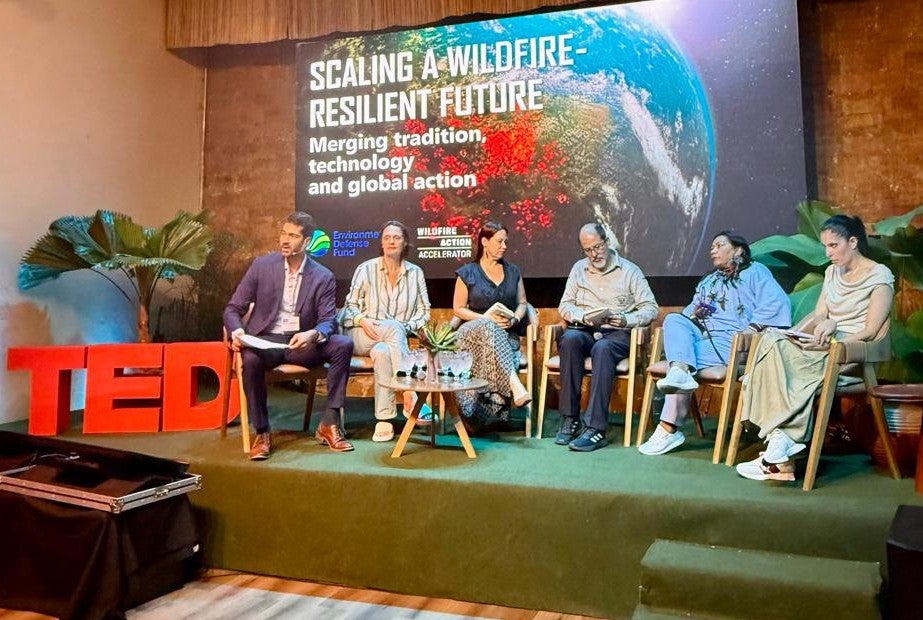Forests could be a hot topic at COP 24 despite not being on the agenda

Katowice, Poland was an odd location to pick for this year’s UNFCCC Conference of Parties (COP 24). The city is small and its ambiance may not be very conducive for climate negotiations (it is frigid, dark, and shrouded with coal smog in December). Yet this is where the important task of finalizing the rules of the Paris Agreement will take place. And while not directly on the negotiations agenda, it will be an important venue for discussion on forest policy and actions being taken in the sector.
In 2017, progress on forest protection was mixed, according to the New York Declaration on Forests’ annual assessment. For example, forest loss significantly decreased in Indonesia, but increased in Brazil. One of its more tragic findings is that more indigenous leaders and forest protectors are being murdered while trying to protect their forests and lands.
How forests are to be covered at COP 24
While forests will not directly be negotiated in Katowice, the negotiation tracks for market mechanisms, transparency, and guidance for constructing Nationally Determined Contributions (NDC) will affect forests. Conserving forests requires that we use all financial resources possible – public, market, and non-market.
For example, finishing the Paris Agreement Article 6 negotiations is important for creating and finalizing agreements over market mechanisms before 2020. Countries can use these future markets to reach their NDCs, which can allow them to subsequently channel funding to forest conservation. Additionally, negotiations related to transparency and NDC guidance are essential to ensuring environmental integrity and ambition – both of which increase demand for forest conservation by reducing the chance for cheating and requiring more emission reductions. Environmental Defense Fund will closely follow these negotiation tracks and review the results.

In the lead-up to the COP, the COP Presidency circulated a draft version of a “forest declaration” to parties. While not very detailed, the declaration should provide more political backing for forests from the ministers who will sign it, and a clear signal to those countries wanting to take action on forests. The Presidency will reveal the final declaration during the second week of the COP.
Countries make progress on REDD+
Throughout the two weeks of side events and presentations at COP 24, EDF will pay close attention to presentations about countries’ progress in implementing their Reducing Emissions from Deforestation and forest Degradation (REDD+) programs. Last year, 25 countries had submitted Reference Emission Levels (RELs) used to calculate future results to the UNFCCC Lima Info Hub. That number has climbed to 34, with some countries like Brazil and Malaysia submitting more than one.
Brazil, Colombia, Ecuador, and Malaysia have already all submitted their documentation required by the Warsaw Framework for REDD+. This is no small feat considering the public consultations and analyses required. How countries plan to distribute potential benefits, strategies to tackle commodity-driven deforestation, and approaches to accessing results-based payments are topics that should be discussed at COP24.
Are countries being paid to reduce deforestation?
Not quite yet, but soon enough. Most of the countries that have met the Warsaw Framework for REDD+ requirements have submitted applications to the Green Climate Fund to receive results-based payments for reducing deforestation. During last month’s GCF board meeting in Bahrain, the board postponed approval of applications that could have generated some $200 million in payments until its next meeting in early 2019.
Similarly, the Democratic Republic of Congo (DRC), Mozambique and a few other African countries either have signed, or are close to signing results-based payment agreements with the Forest Carbon Partnership Facility (FCPF). At least one payment from the DRC agreement could occur by the end of 2019, giving them a short period to generate the results and then verify them. I hope to hear about both the FCPF and GCF programs during various country presentations.
The “[Forest] Action Agenda”
Last September’s Global Climate Action Summit, held in San Francisco, generated momentum for taking action in the forest sector. Among the highlights of the summit was the announcement by Walmart and Unilever to work on deforestation-free supply chains at a jurisdictional level in Sabah, Malaysia and Mato Grosso, Brazil.
This momentum to reduce deforestation needs to carry over to the COP to advance initiatives like the Marrakech Partnership for Global Climate Action. The Marrakech Partnership showcases how non-state actors are helping implement the Paris Agreement and new innovative partnerships to tackle climate change. Land Use Day, scheduled for the afternoon of December 8 at the COP, is another potential venue for promoting action in the forest sector; Mars could discuss their efforts in relation to cacao and how they are collaborating with countries to achieve their deforestation reduction goals.
A case for optimism
Even if the Paris rulebook is not finalized, the climate actions countries and non-state actors around the world are taking to conserve forests will drive optimism into future climate talks. We still have the Warsaw Framework for REDD+, which will be used to channel funding to forest conservation next year and make REDD+ real for many countries. Combining that with increased actions being taken by the private sector in their supply chains should help us turn the corner on tropical deforestation in 2019.













One Comment
there’s no substitute for planting millions of trees anytime, anywhere today!